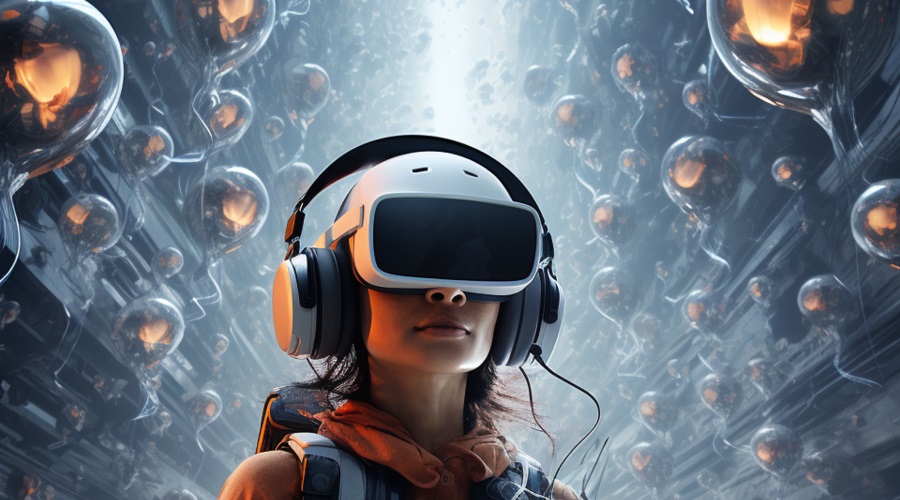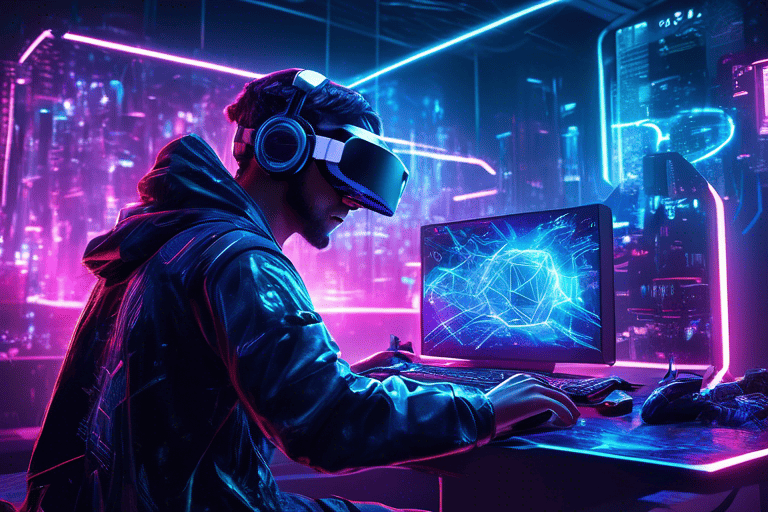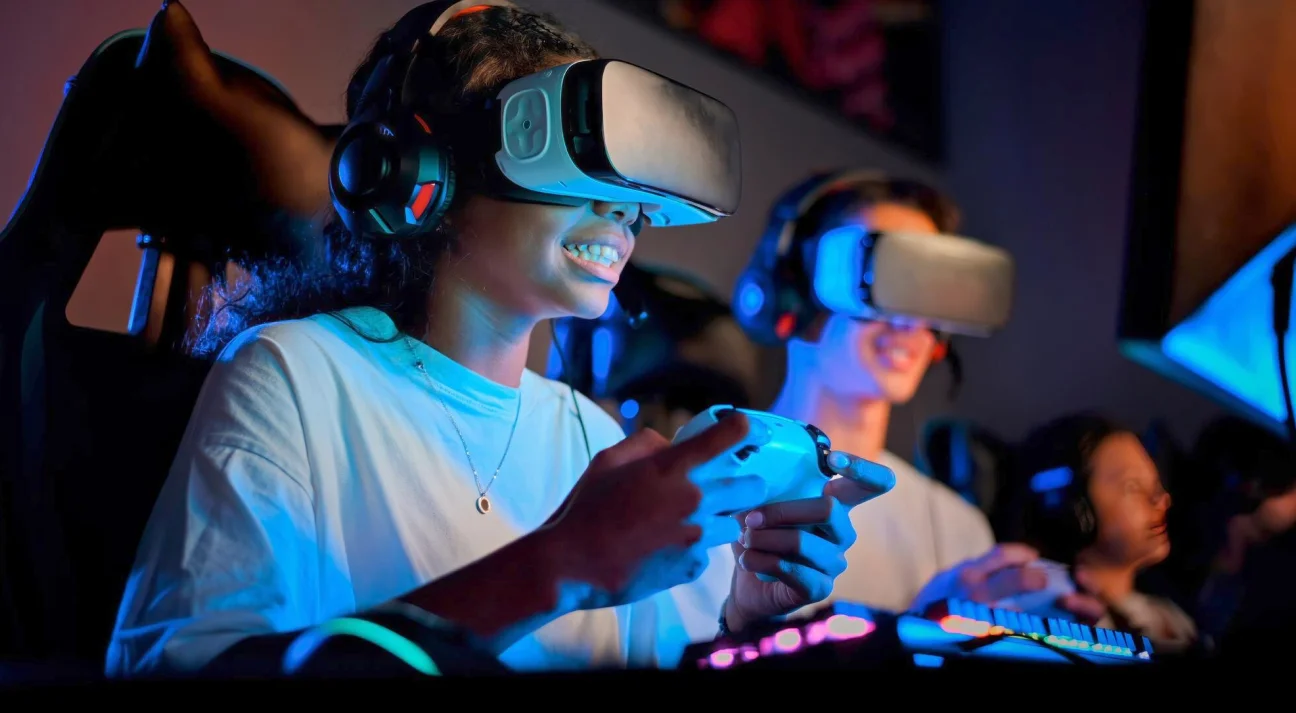Artificial Intelligence (AI) has played a significant role in shaping the gaming industry, enhancing player experiences and enabling complex, responsive gameplay. Understanding the history of AI in gaming provides valuable insight into how far game development has come and what the future might hold.
How Did AI Begin in Gaming?
AI in gaming refers to the use of algorithms to control non-player characters (NPCs), design game environments, and create adaptive challenges. Early video games used simple logic, but as technology evolved, AI became more sophisticated, leading to more immersive and interactive experiences.
Key Milestones in the Evolution of AI in Gaming
Early AI: Rule-Based Systems (1950s-1970s)
The earliest use of AI in games can be traced to basic rule-based systems like Tic-Tac-Toe and Pong, where simple algorithms controlled the opponent’s moves. These early games relied on hardcoded patterns rather than true decision-making.
Pac-Man and Pathfinding (1980s)
Games like Pac-Man introduced basic AI pathfinding algorithms. Each ghost in the game followed a unique movement pattern, giving the illusion of intelligent behavior. This was one of the first examples of AI that felt dynamic to players.
Strategy Games and Decision Trees (1990s)
With games like Civilization and Warcraft, AI became capable of making complex decisions using decision trees and finite state machines. These games allowed AI opponents to adapt strategies based on player actions, creating more competitive and engaging experiences.
Adaptive and Learning AI (2000s)
As computing power grew, developers started incorporating adaptive AI that could learn from players in real-time. Games like Halo introduced AI enemies that responded to player tactics, took cover, and worked in squads, making gameplay feel more realistic.
Procedural Generation and Open-World Games (2010s)
AI was used to procedurally generate massive game worlds, as seen in Minecraft and No Man’s Sky. In open-world games like The Elder Scrolls V: Skyrim, AI-driven NPCs had schedules, personalities, and could interact dynamically with the environment and the player.
Modern AI: Deep Learning and Advanced Behavior (2020s-Present)
Today’s AI in gaming leverages machine learning and neural networks to create highly adaptive, personalized experiences. AI can now generate realistic human-like opponents, craft dialogue, and even power content creation tools, allowing developers to automate complex game design tasks.
Challenges Faced in AI Game Development
- Balancing AI Difficulty: Creating AI that is neither too easy nor impossibly hard remains a constant challenge.
- Resource Limitations: Advanced AI can be computationally expensive, requiring significant processing power.
- Unpredictable Behavior: Complex AI systems can sometimes behave in unintended ways, affecting game balance and player experience.
Conclusion
The history of AI in gaming is a story of continuous innovation, from simple programmed behaviors to intelligent systems that can learn and evolve. AI has enriched games by making them smarter, more responsive, and deeply engaging. As AI continues to advance, the gaming world is poised to deliver even more immersive and personalized adventures in the years to come.







Leave feedback about this